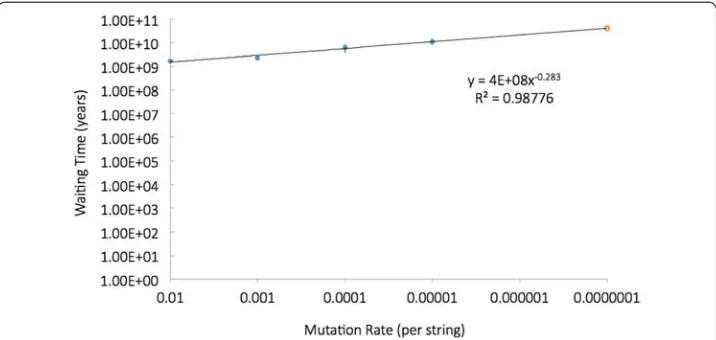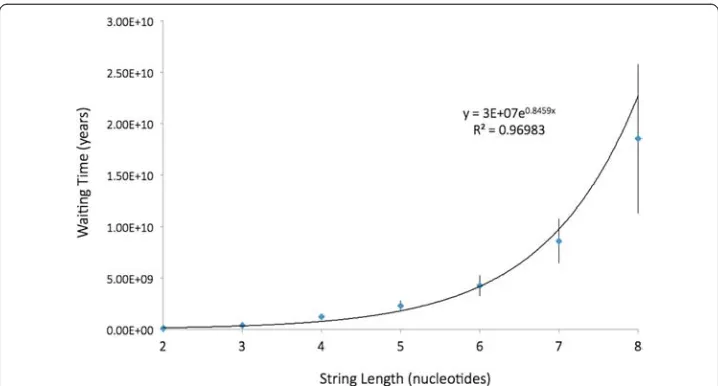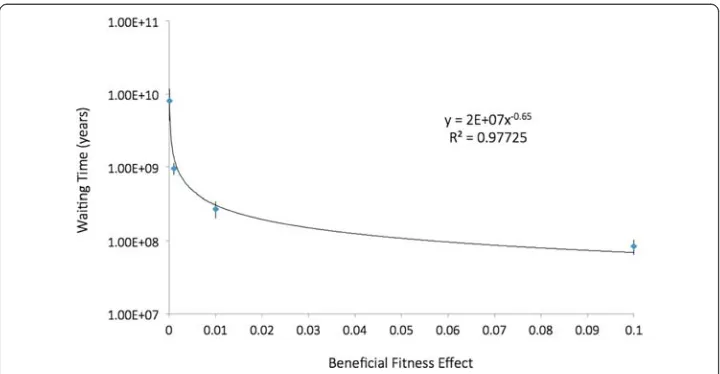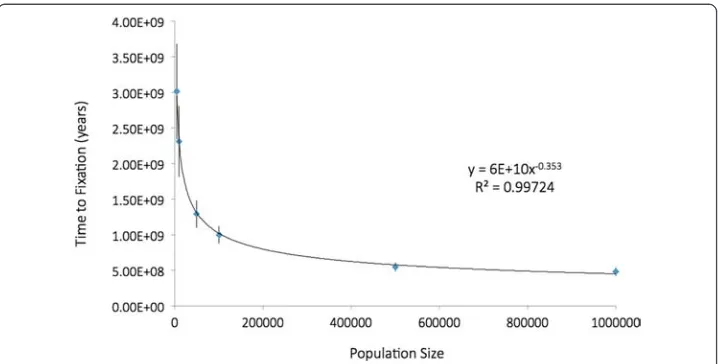The waiting time problem in a model hominin population
Full text
Figure




Related documents
Alongshore seasonal trends (February = summer; August = winter) for in situ temperatures on the west coast of South Africa and concomitant biases in equivalent satellite- derived
Power Electronics Evaluation Unified Controller Board, with Signal Splitter and Hardware Authentication Module, used in Cybersecure Power Router prototype.. The total system
We show a concurrent interleaving and malleating attack on the concurrent ZK protocol of [25, 78] that is both concurrently sound and normal argument of knowledge in the BPK model,
Successful management of colchicine resistant familial mediterranean fever patients with a standardized canakinumab treat- ment protocol: a case series and literature review. Ef fi
Table 3 shows that the implementation of the SBC scheme with backward-adaptive quantization (BAS- BC) provides the gain in SQNR for all values of the compression factor used,
The present value of the total cost of the supply chain is derived when the manufacturer produces a number of lots, the sum of which is equal to the buyer’s total demand over a
Some authors indicated that the concentration of leptin in seminal plasma of men with normal semen sample is significantly lower than pathological groups (4)
Digital competence involves articulated cognitive resources (knowledge, skills, attitudes and values) to perform tasks related to the use of available technological



